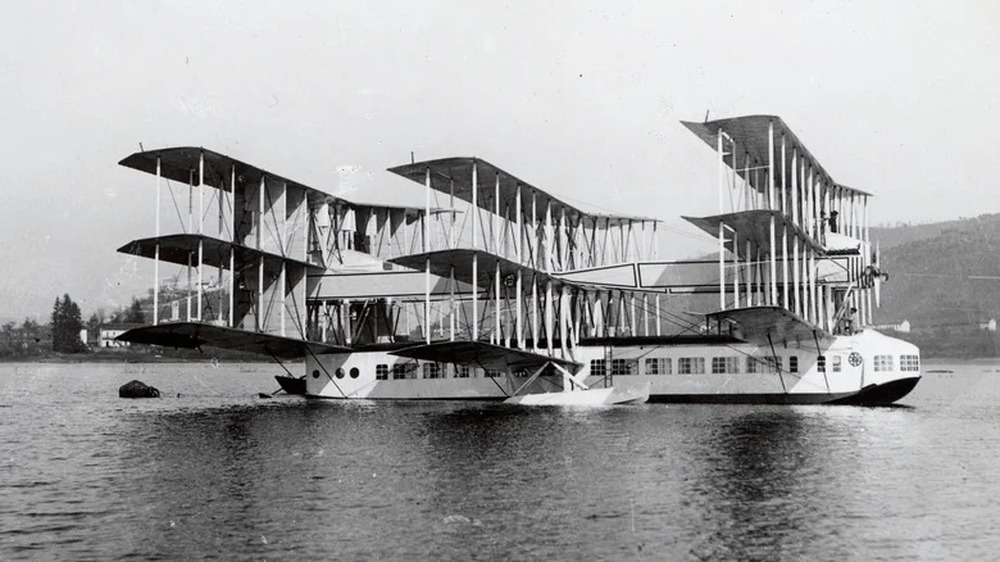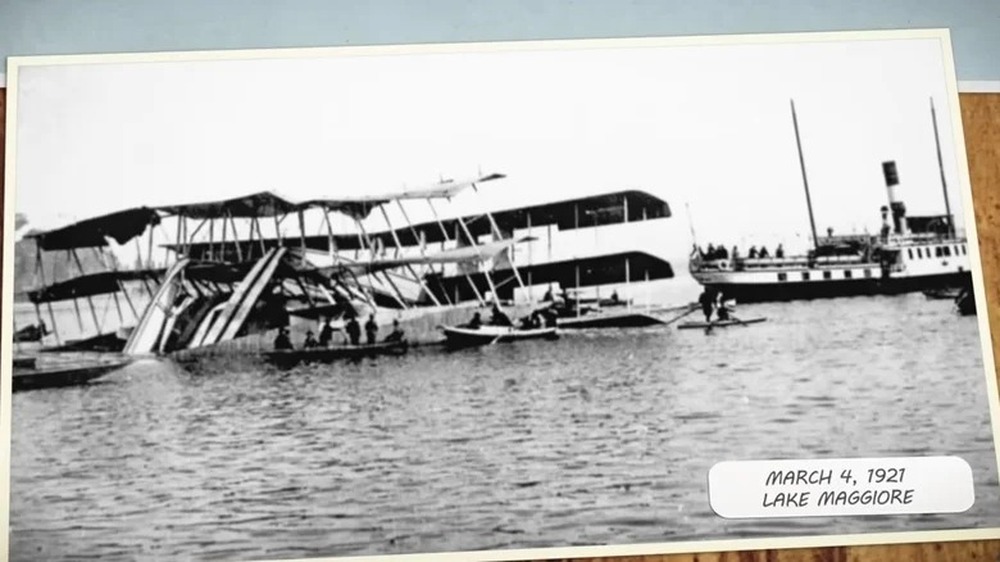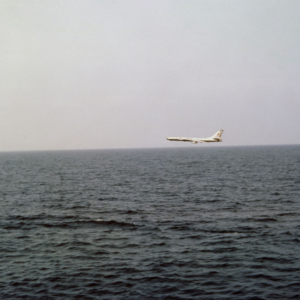This bizarre 9-wing aircraft was designed to cross the Atlantic in 1920
Human creativity knows no bounds and this flying monster was created in such a crazy way.
On October 5, 1905, the Wright brothers successfully flew the Flyer III around the state of North Carolina in the US in 39 minutes. They traveled nearly 40 km during the historic flight, and would have been able to fly even further if their vehicle had not… run out of gas. Six years later, on November 1, 1911, humans dropped the first bomb from a German-made monoplane on Libya, during the war between Italy and Türkiye.
In the early 1920s, aircraft technology and the science behind flight were still in their infancy. Commercial flights were only possible over short distances and the main mode of transport across the Atlantic was by ship, often taking up to five days to complete.
However, Caproni had already accumulated a lot of experience in building aircraft. He was determined to make those long sea voyages a thing of the past. The inventor wanted to build a giant passenger seaplane, capable of carrying up to 100 passengers at a time.

Caproni Ca.60 Transaereo seaplane.
A ‘flying bus’ with wooden seats
As one of the world’s most preeminent aircraft builders at the time, Caproni took everything known to fly, put it together, and scaled it up many times over. The resulting giant flying monster was called the Caproni Ca.60 Transaereo, or Noviplano – meaning 9 wings – based on its overall design.
It’s not hard to imagine, this plane has 9 wings, arranged in three sets of 3 wings each. Basically, Caproni took three triplanes and tied them together with 250 meters of struts and more than 2.4 kilometers of wire. Beneath it was a long, coach-like fuselage, where people would sit on wooden benches.
The plane was powered by eight Liberty L-12 V12 engines, each capable of producing 400 horsepower. It was said to have a top speed of 140 km/h, a cruising speed of 110 km/h and a range of 600 km.

The giant plane collapsed.
When theory is not the same as practice
However, the problem with this aircraft at that time was its short flight range, which required refueling the aircraft to land in the middle of the ocean and the supply process by ship would be up to dozens of times. Thus, the flight time for the transatlantic journey would be even longer, not to mention the incidents that might arise. This basically negated the nature of flying by this means in the first place.
This led to the million dollar question, could it fly?
According to reports, its first test flight took place in March or April 1921 at Lake Maggiore, Switzerland. After reaching a speed of nearly 80 km/h, it lifted its body off the water for a short time. On the second test flight, it flew into the air, reached a speed of 100 km/h and then plunged straight into the water, destroying the entire aircraft.
However, another report says that an unexpected test flight took place on March 4, 1921. Designer Caproni was not even present at the lake when pilot Federico Semprini, who had personally tested the plane the previous month, unexpectedly took it off. The reason for his flight remains unknown, but the flight resulted in the complete destruction of the plane. According to researchers, sooner or later the plane was destined to fail due to a serious problem. A plane cannot have three sets of wings in a row, because each additional set of wings would hinder the overall ability to generate lift. Without lift, a plane cannot fly reliably and safely. In addition, the array of struts and rigging used to hold the parts together created a lot of drag. Ultimately, the aircraft was poorly designed because aeronautical engineering was not fully understood at the time.
News
How Hezbollah & Israel counter-attack after the Lebanon Explosion
How Hezbollah & Israel counter-attack after the Lebanon Explosion This is how Hezbollah responded to Israel after the sophisticated pager and walkie-talkie explosions, which occurred across Lebanon. They retaliated by launching guided missiles for the first time. The three strikes…
[MUST WATCH] In pictures: The deadliest day in Lebanon in nearly a year of conflict
In pictures: Israel strikes hundreds of Hezbollah targets in Lebanon Israel attacked hundreds of Hezbollah targets on Monday in airstrikes, making it the deadliest day in Lebanon in nearly a year of conflict. Smoke billows over southern Lebanon following Israeli…
BREAKING NEWS: US sends more troops to Middle East as violence rises between Israel and Hezbollah
US sends more troops to Middle East as violence rises between Israel and Hezbollah Violence between Israel and Hezbollah is raising risk of a greater regional war. WASHINGTON — The U.S. is sending a small number of additional troops to the…
Easy Company Facts Even Hardcore Fans of ‘Band of Brothers’ Don’t Know
Photo Credit: HBO / Getty Images HBO’s 2001 miniseries, Band of Brothers, has continued to gain popularity in the decades since its release. This is partly due to later generations having greater access to the series – in particular, via…
Mighty MO – USS Missouri (BB-63) Video and Photos
There are three other ships in the United States Navy which were named after the state of Missouri besides the battleship USS Missouri (BB 63), and although she became associated with the history of the Japanese raid at Pearl Harbor, she…
A Soviet TU-16 medium jet bomber flies past the anti-submarine warfare support aircraft carrier USS Essex
That Time A Soviet Tu-16 Badger Crashed Into The Sea After Buzzing A U.S. Aircraft Carrier A screenshot from the video filmed aboard USS Essex shows the Tu-16 Badger flying very low close to the aircraft carrier. Low pass with…
End of content
No more pages to load











